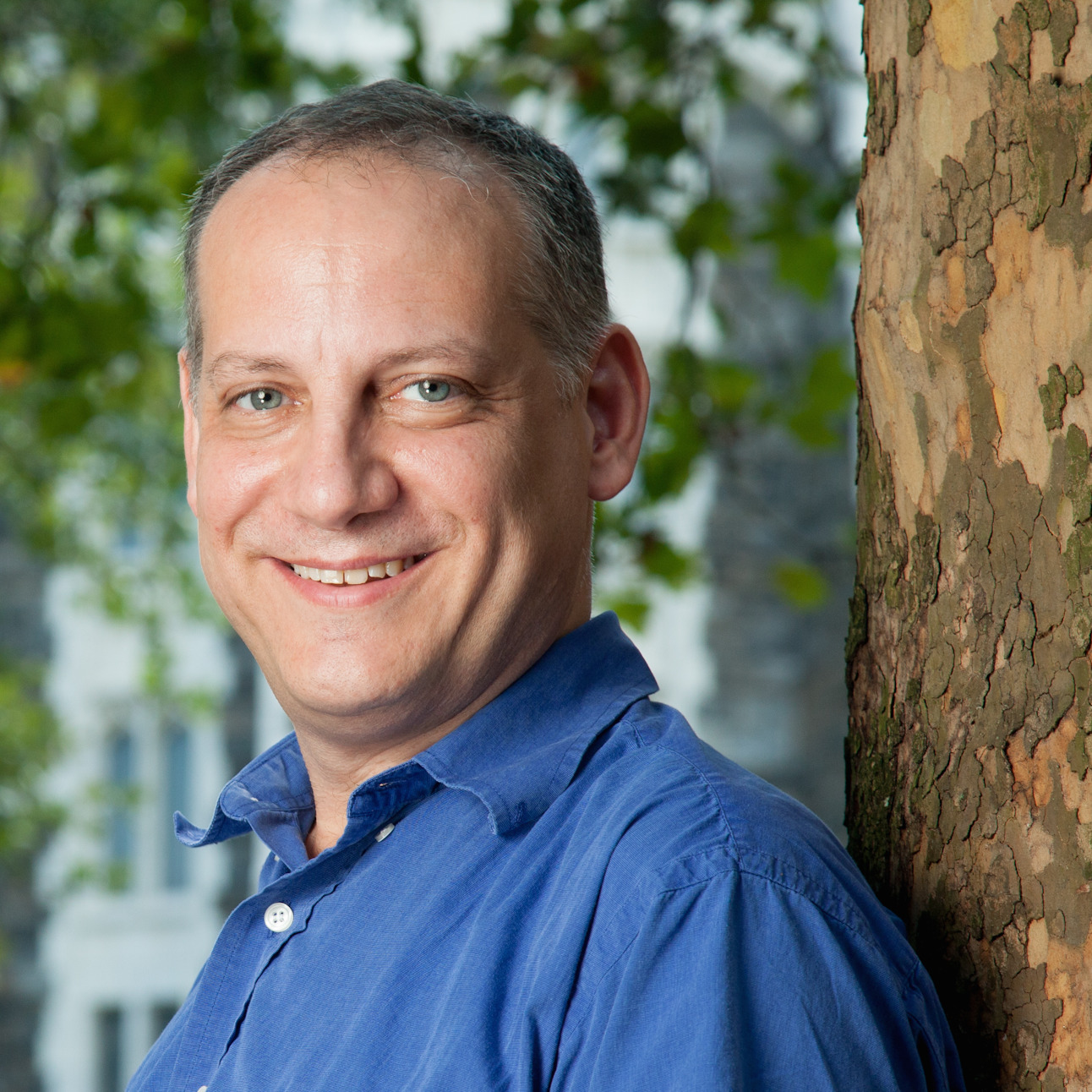Geostationary satellite imagers are the source of much of the weather satellite imagery seen in media such as news because they have an orbit that is synchronized with the earth's rotation.The new GOES-R satellite will have many more bands than the older GOES satellites, including a .47-μm “blue” band, and a .64-μm “red” band, but it will not have a “green” band (.55-μm ). This means we will not be directly able to derive true color RGB images from GOES-R. This is a problem because color images of the earth are important for qualitative “decision making” and used widely for visualization. One way to produce RGB without a green channel is to estimate it using a Look Up Table (LUT) from nearby bands. Looking up a green value does not take into account the notion that the RGB we perceive is actually based on broad spectral “bands” represented by the CIE-X, Y and Z color spaces.
In this work, the approach we took is to use a hyperspectral imager, in this case Hyperion, to empirically estimate an X, Y, and Z value from GOES-R 0.47, 0.64, 0.86, 1.38, 1.61, and 2.36-μm bands. Since hyperon has so many more bands, we can take many sample hyperon images and build a regression from the GOES-R bands to XYX. Unfortunately, a linear mapping from 6D to 3D does not work very well, so a LUT in this case would be problematic since 6D would require too many bins. Instead we use a clustering approach to divide the 6D domain into smaller regions and then we fit linear regressions on each of these parts of the 6D domain. By choosing smaller and smaller regions, we could improve our regression but we will eventually over-fit our training data; to avoid this, we determine the number of clusters by testing on data that is not used to determine the clusters and we then fit the cluster-wise regression on the remaining data. The largest number of clusters that still improved the results was thus determined.
